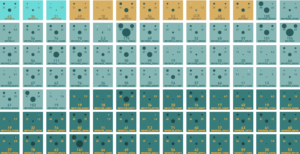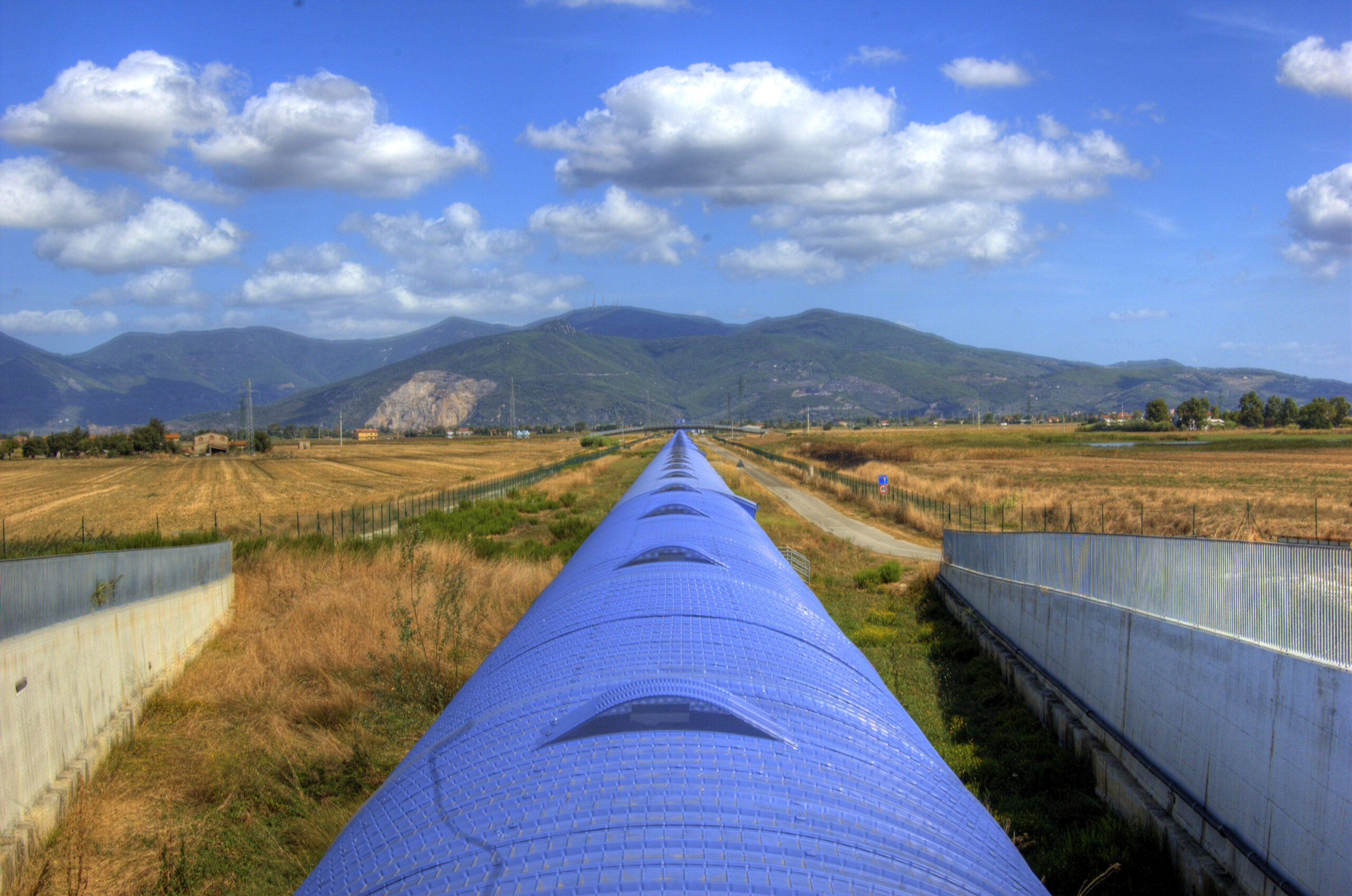The LIGO and Virgo gravitational wave detectors in the US and Italy have added a new chapter to the growing catalog of space-time quakes. In total, the list of observations now includes 90 gravitational wave signals. Of those, 35 are new.

The new observations are from the period between November 2019 and March 2020, the second part of the third measurement period of the detectors in Washington, Louisiana and Pisa. They were first studied extensively by scientists at LIGO and Virgo and at Kagra in Japan. Nikhef is also a partner in the consortium and active in the analyses.
In total, the detectors saw 39 signals in the last measurement period, of which 18 were immediately included in the catalog and 17 cases required further study. Those have now been added as well.
Mergers
The new signals are largely due to the fusion of two black holes, which first orbit each other and eventually engulf each other. In the process, they shake up the self space and eventually form a new, heavier black hole.
Among them are some very heavy black holes, of more than 100 times the mass of the sun. These are astronomically interesting because they may play a role in the formation of supermassive black holes at the center of galaxies. From other signals, a new independent value for the rate of expansion of the universe was derived, a hotly debated topic in cosmology.
Special signals
Three signals have previously received considerable attention. Two of them came from a black hole that swallowed a neutron star, which initially orbited it. Astronomers had long been on the lookout for such events, as their gravitational waves can provide more information about neutron stars, the remnants of burned-up stars.
A third unusual event occurred in February 2020. The analyses indicate that it involved the collision of two objects, the lightest of which has a mass of 2.8 solar masses. Such an object is an astrophysical enigma. A neutron star is at most 2.5 solar masses, a black hole at least 5 solar masses. What fell into the black hole in this case is unclear.
Nikhef contribution
LIGO and Virgo are not currently making measurements. The facilities are being maintained and improved, leading up to a new measurement period in the fall of 2022. At Virgo in Pisa, among other things, a new laser installation has been installed, which filters more noise from the beams and will provide sensitivity to higher vibrational frequencies. This optical filter cavity was built by Nikhef and others with funding from NWO.
